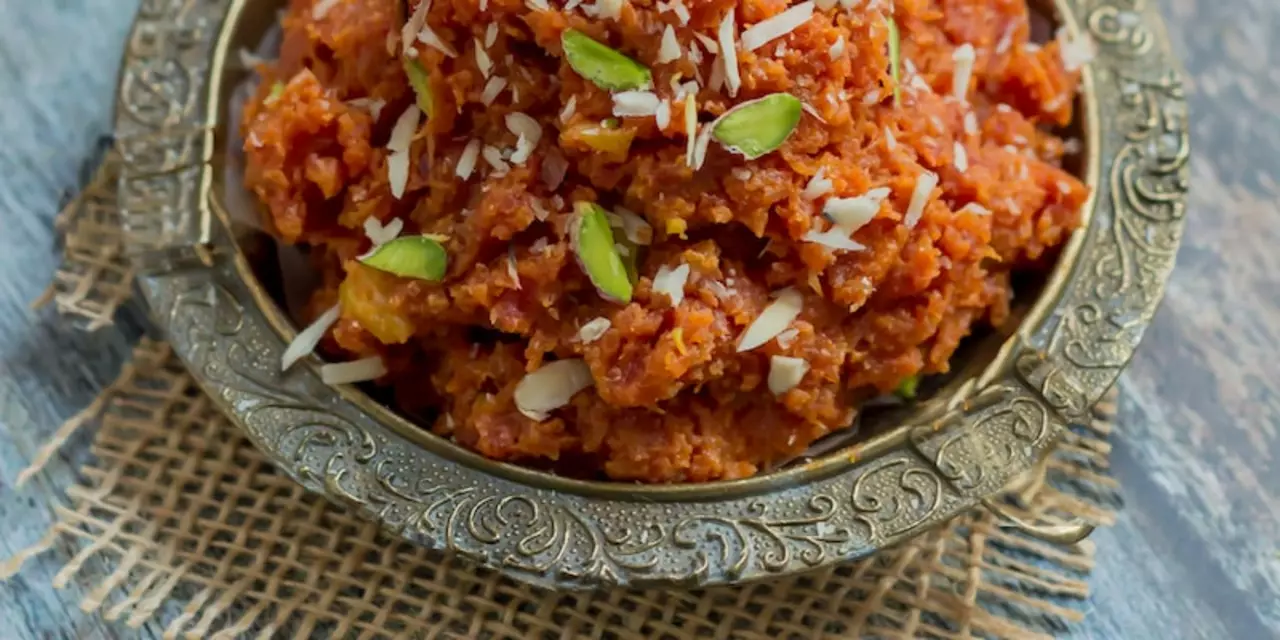Indian Food: Flavors, Traditions, and Must‑Try Dishes
Indian food is more than just spice. It’s a mix of history, regional habits, and simple ingredients that turn everyday meals into something memorable. If you’ve ever wondered why a bowl of sambar can feel like a hug, you’re in the right place.
Every part of India has its own style. In the north you’ll find buttery naan and creamy curries, while the south serves up rice‑based plates with coconut, tamarind, and lots of fresh herbs. This variety comes from the land itself – the mountains, the coast, and the plains each provide different produce.
Why Indian Food Stands Out
The biggest reason Indian food feels special is the balance of flavors. Sweet, sour, salty, bitter, and spicy all show up in a single dish. Take a classic South Indian lunch: a steamed rice bowl, a thick lentil stew (sambar), a dry vegetable fry (poriyal), and a tangy chutney. Together they hit every taste bud without overwhelming any single one.
Another strength is the use of whole spices. Instead of just sprinkling pepper, Indian cooks often roast cumin, mustard seeds, and fenugreek before grinding them. This releases deeper aromas and makes the food smell inviting before you even take a bite.
Health also matters. Many recipes rely on lentils, beans, and fresh veggies, so they’re naturally protein‑rich and fiber‑packed. The spices themselves – like turmeric, ginger, and garlic – have been shown to aid digestion and boost immunity. So you get taste and nutrition in one plate.
Popular Dishes to Explore
If you’re new to Indian food, start with a few crowd‑pleasers. Masala dosa is a thin, crispy crepe filled with spiced potatoes. Pair it with coconut chutney and sambar for a breakfast that feels like a feast. Butter chicken offers a creamy tomato sauce that’s mild enough for anybody who’s shy about heat.
For snack lovers, pakoras (vegetable fritters) and samosas (fried pastries with a spicy filling) are perfect with a cup of chai. If you prefer something sweet, try payasam – a rice pudding cooked with milk, jaggery, and a hint of cardamom. It’s the kind of dessert that ends a meal on a comforting note.
Don’t forget the regional specialties. In Kerala, fish cooked in coconut milk (fish moilee) showcases the coastal vibe. In Punjab, dal makhani (slow‑cooked black lentils) gives you a buttery, smoky flavor. Each dish tells a story about where it comes from.
When you visit an Indian restaurant, ask for recommendations based on your spice tolerance. Most places will adjust the heat level, so you can enjoy the flavors without feeling burned out.
In short, Indian food is a celebration of taste, texture, and tradition. Whether you’re a spice lover or prefer milder flavors, there’s a dish that fits your palate. Try one new recipe each week, and you’ll quickly see why Indian cuisine has fans all over the world.
